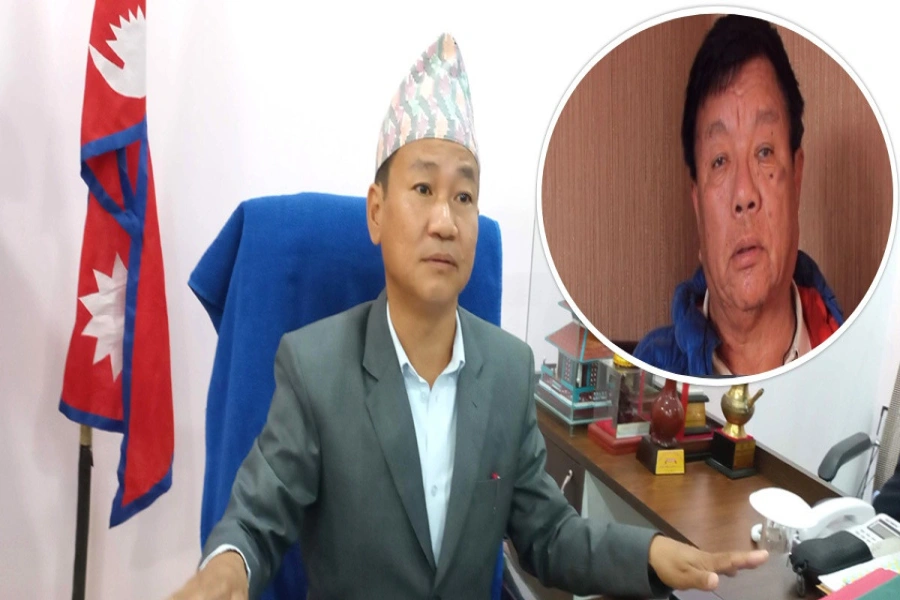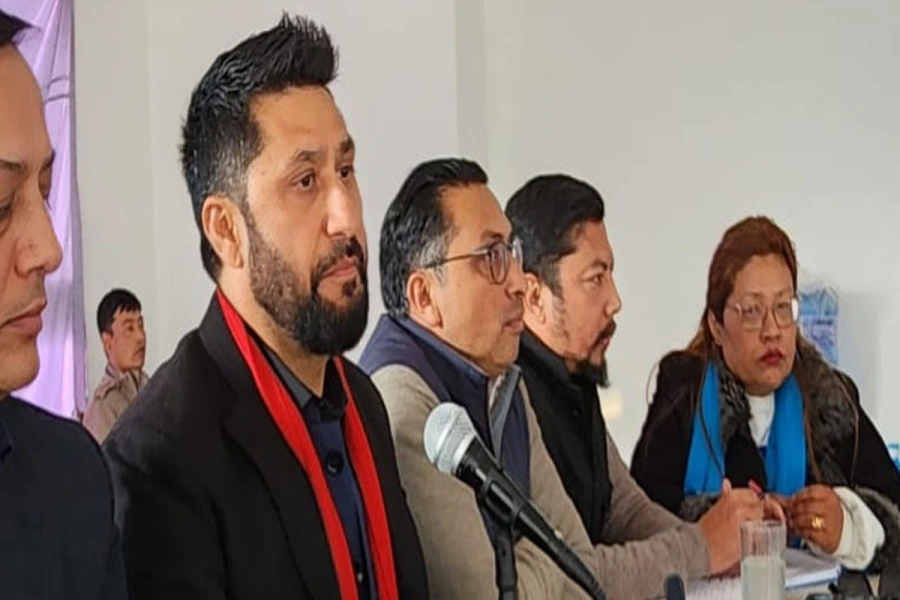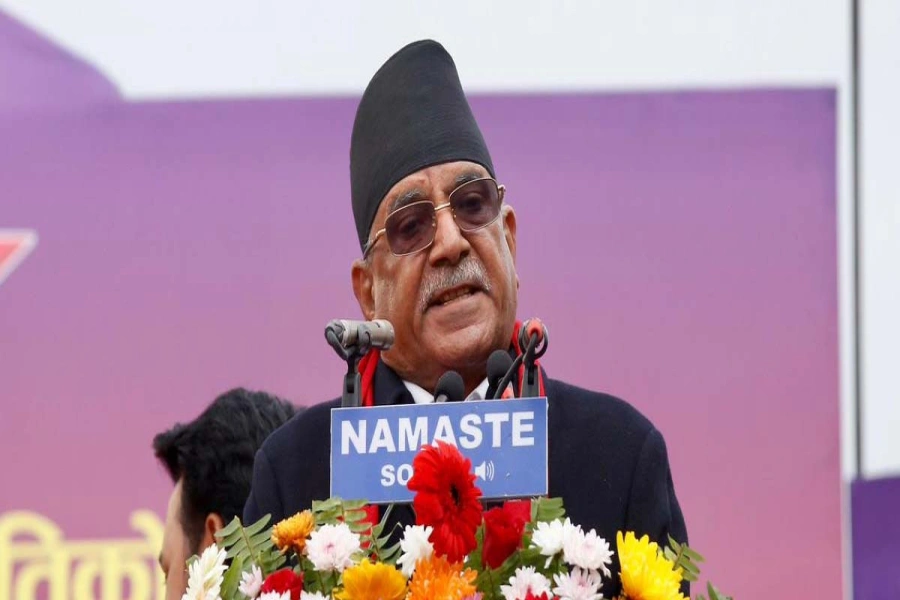After bidding farewell to the exuberance of Gaijatra, Kathmandu Valley witnessed another lively crowd on the occasion of Ropain Jatra (Rice Planting Festival) on Wednesday. A diverse group of people clad in flamboyant attires with unusual strokes of make-up gathered at the court of Boudhanath Stupa to mark the ages old festival.
While farmers are done planting rice saplings for the year, the festival of Ropain is observed as a celebration in various parts across Nepal as significance to the completion of paddy plantation.
On the occasion of Ropain Jatra, Shree Boudha Tamang Kalyan Guthi in collaboration with 13 other organizations conducted a grand celebration that included competition in 10 different categories such as Ropar, Bausey, Jhaki, Hasyabyangya, Lakhe, Hali.
The three-hour long program started with cultural Nepali dance and saw the presence of about 500 disguised participants in a parade. The participants performed caricatures and sarcasm antics for the day. President of Tamang Kalyan Guthi, Khadga Jeet Lama, Former president of Boudhanath Area Development Committee, Sampurna Kumar Lama, and Chairman of Ward-6, Dipendra Lama, among others, gave their judgment for the competition.
Saving Tansen's Ropai Jatra

As many as 13 participants were announced winners from each category. “The tradition gifted by our ancestors is an opportunity to regale with performances and presentations, but it also serves to preserve our long-lived culture,” said one of the spectators, Dolma Sherpa, who added that she thoroughly enjoyed the Jatra despite being less aware of its origin.
For centuries, Ropain Jatra has reflected Nepal’s enriched culture. The festival is celebrated on the next day of Gaijatra. With agriculture as our major profession, the month of Asar takes higher priority for rice plantation. Ropain Jatra eventually is a reason for merrymaking after long days of toil and is observed as a move of solidarity.
“Ropain Jatra is believed to have begun since the Malla kings’ reign. Although the celebrations are similar to Gaijatra, including parade on the streets in disguised forms, Ropain Jatra has its own unique significance and reasons for celebration,” said President of Tamang Kalyan Guthi, Khadga Jeet Lama.
Both the Jatras also serve as a medium to vent negative emotions in the form of sarcasm and caricatures of political leaders. The ancient charm of the Jatra lies on Lakhe dance, which is the manifestation of deities believed to originate from Newari culture.
Children in paper costumes assimilating to the act of plowing fields during the Jatra is an amusement for spectators. “To better preserve our culture, we’ve also been running competitions so as to encourage the participation of youths every year,” said Lama.
The crowd exhibited an unending vigor throughout the three-hour-long Jatra although the valley was drenched in rain. Having blended in the crowd, the cheers of people belonging to a diverse group resonated around the domes of the stupa. This was a symbol of unity in diversity.




































